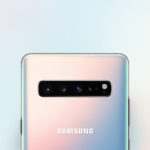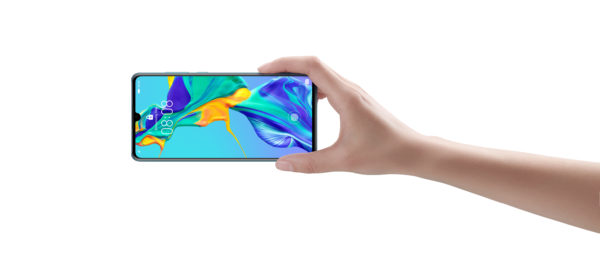
Much has been said about the camera features of Huawei’s recent phones, such as the P30 Pro unveiled a couple of weeks ago.
Clearly, the Chinese company’s partnership with famed German camera company, Leica, has proven fruitful. The new P30 Pro, which comes with several new features, including a much-hyped zoom feature, continues that line of progress.
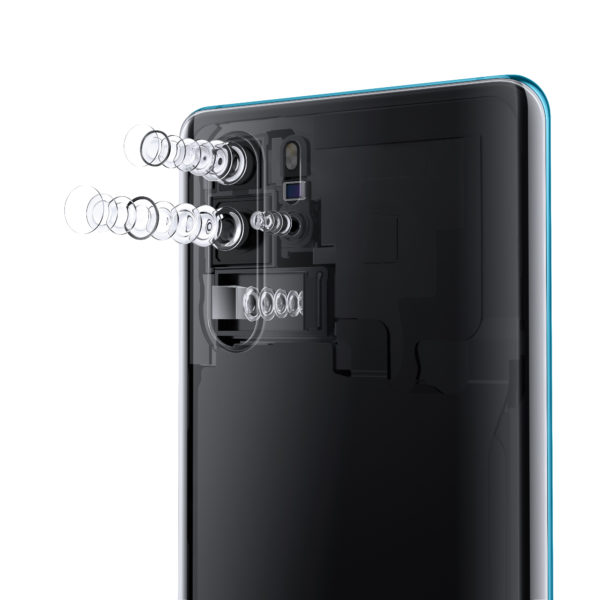
Like the Mate 20 Pro launched late last year, this new P30 Pro has dropped the monochrome sensor that once made Huawei stand out from the crowd.
What you have in its place, however, is something that makes the phone a more versatile shooter.
You get an ultra wide-angle lens first seen on the Huawei Mate 20 series that provides an equivalent focal length of 16mm at f2.2 maximum aperture on a full-frame DSLR. On the P30, it uses the same 20-megapixel sensor.
This allows users to take breathtaking vistas of landscapes, interior and architectural shots without turning to a more troublesome panoramic mode, which usually involves stitching up multiple images.
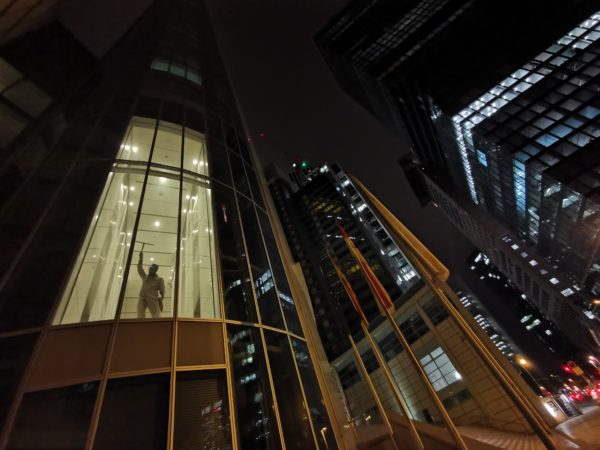
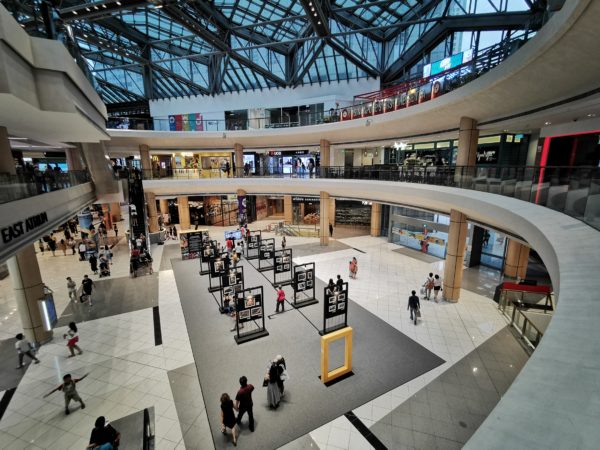
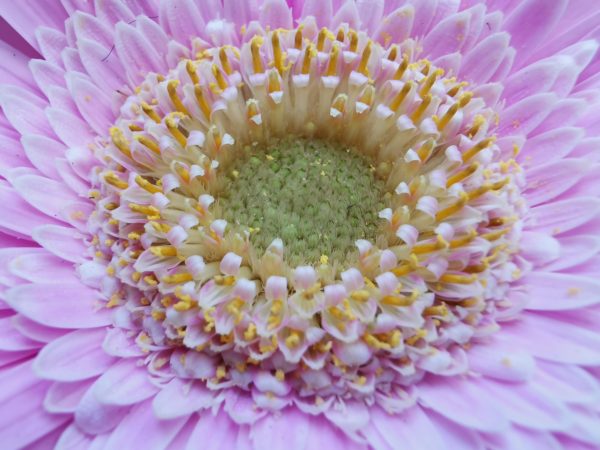

With an ultra wide-angle lens, you just point and shoot to capture a much larger view of a place. Good news is, this same lens allows super macro shots too.
Besides this, Huawei has also upgraded its 3x optical zoom lens with a new 5x optical periscopic zoom feature. Together this is able to reach as far as 125mm on a full-frame camera.
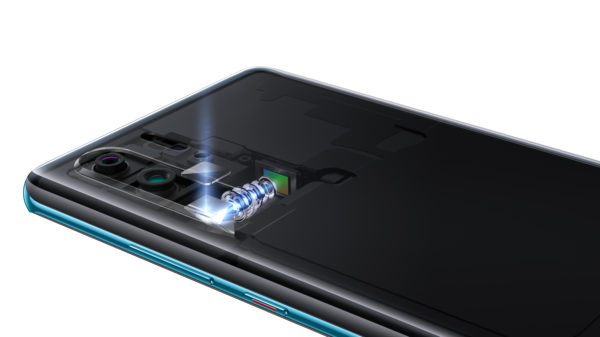
To be sure, this is not the first time we have seen such a zoom system on a smartphone. Years ago, Samsung’s Galaxy S4 Zoom had fully extended zoom mechanics while the Asus ZenFone Zoom had a similar periscopic design as the P30 Pro’s.
There are a few tricks that Huawei has used to improve the image quality of the pictures taken with the zoom function.
Through computational photography, images that taken with up to 3x magnification are processed with a technique called super-resolution.
Essentially, the phone’s processor combines several RAW images from the main camera into one image and crops it.
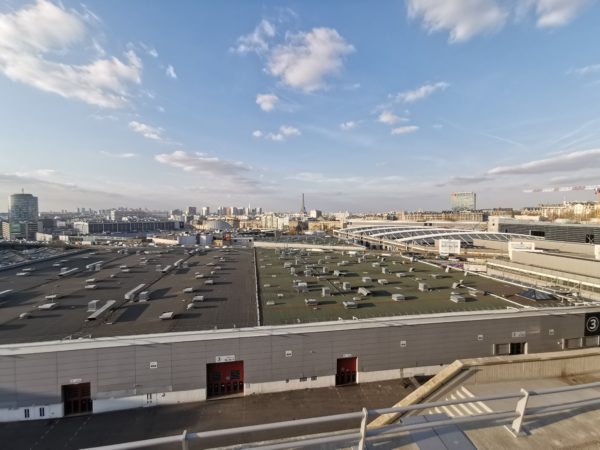
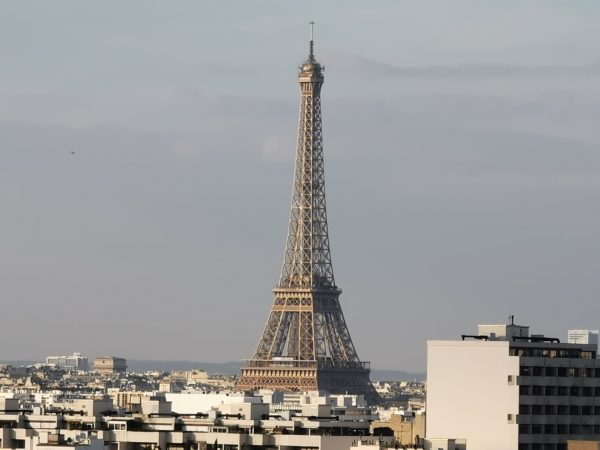
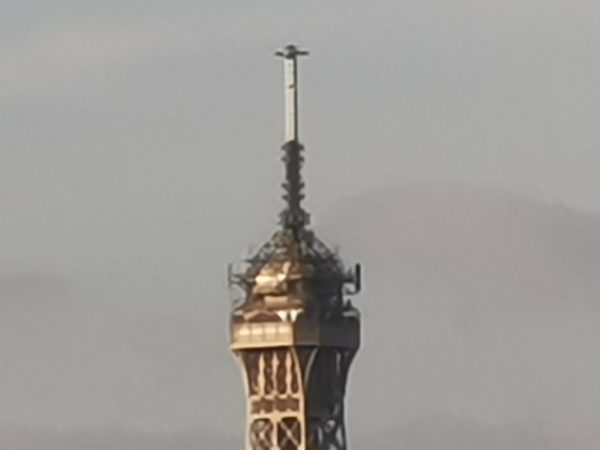
The other technique that Huawei uses is called the “field-of-vision” zoom. Sample images are taken from both the main and the 5x zoom lens sensors. The are combined by algorithms into a single picture at 10x zoom (270mm on a full-frame sensor).
This is an astounding feature, considering how it has been achieved in the slim and package size of a svelte smartphone. There are very useful images here, say, for social media, you keep to the maximum magnification at 10x and not go crazy with the zoom.


At first, you might not think that zoom is such a big thing for smartphone photography. Then once you get the hang of things on the P30 Pro, you find that it allows unique perspectives. It means you don’t always have to get up close to a subject, as you often do with a phone today.
Having three main cameras in a smartphone may seem like overkill, but they all serve a function. Together, they bring versatility to a device that is slowly but surely taking away the reason to bring a dedicated camera on a holiday, for example.
The P30 Pro comes with a 40-megapixel sensor paired with an f1.6 lens, a 20-meg sensor with an f2.2 lens and an 8-meg sensor with an f3.4 lens. But there’s more.
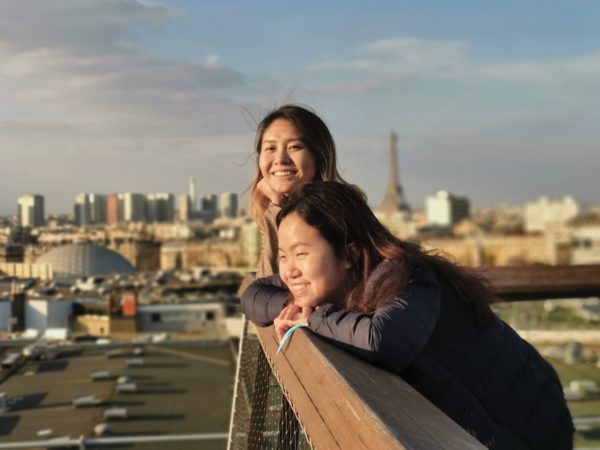
The Time-of-Flight (ToF) sensor helps with recognising the distance between objects so the phone can defocus the background. Note the railing has maintained sharpness against the background. The faces and hair are sharp as well. PHOTO: Wilson Wong
Folks who like all those fake bokeh that mimic a shallow depth of field will be happy that they can count on an additional sensor called the Time-of-Flight (ToF) sensor that helps the camera better detect distance and yes, blur out the background more accurately.
So, instead of having a phone recognise, say, a person’s face and artificially blur the background, the P30 Pro can detect the relative distances between subjects in the frame and blur out parts of the image based on actual distance.

Using the ToF is certainly more accurate than using the data from multiple cameras. First of all, the ToF sensor not only can sense where the main subject is, but it also measures how far different objects are from the camera.
The result is a gradual increase of blurriness from the subject to the background which is more natural looking. So, yes, better bokeh.
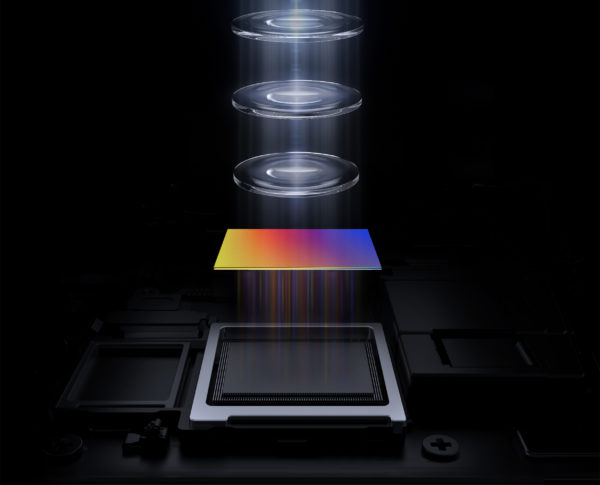
That is not all. The new P30 Pro has a new main sensor in the smartphone that can absorb 40 per cent more light than the predecessors.
Called the SuperSpectrum or RYB (Red-Yellow-Blue) sensor, Huawei has replaced the green filter of a typical RGB sensor with a yellow filter to increase the sensor’s light sensitivity.
This is on top of using a method called light fusion which is similar to pixel binning that uses four pixels on the sensor to create one single pixel in the recorded image. This reduces the chance of having unwanted pixel noise or ISO noise.
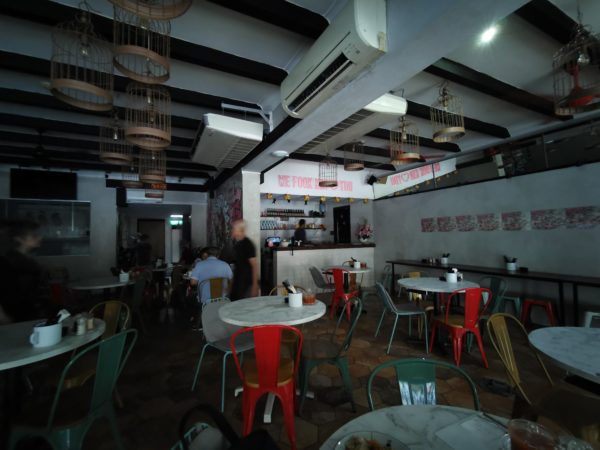
Together, the new sensor and light fusion increase the camera’s luminance or brightness detection capabilities. They do this so well that Huawei is happy to replace the old P20 Pro’s monochrome sensor.
Notably, the new P30 Pro’s maximum ISO setting is now at 409600, something that was only seen in DSLRs or mirrorless cameras such as the Sony Alpha 7.
The shift from the green to yellow spectrum has other benefits too. The camera system is able to read green colours from the yellow filter and it also allows the sensor to be more sensitive to red hues.
The sensor can now extract a lot more information from the sensor for the phone’s Kirin 980 processor to work on. This, in turn, improves the camera’s image quality.
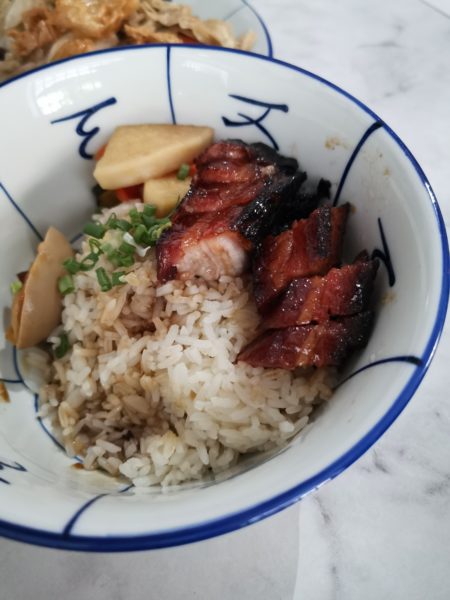
The main camera with the new sensor can now be used to shoot in low-light environment very quickly. There’s no need to activate the 4-second handheld night scene mode made popular by the P20 Pro.
So, even in a very dimly lit room, I can fire away confidently in “normal” point-and-shoot mode, without a tripod. In the shots, I can make out the contents easily.
It helps too to have artificial intelligence recognise a scene and use the appropriate post-processing algorithms. This lets the P30 Pro pull a lot more details from both shadow and highlight areas to produce an evenly exposed picture.

I have used the P30 Pro for scenes I would typically encounter during my travels such as street portraiture, landscape, night scenes, night landscape, sunrise/sunset and food.
Bearing in mind that the photos taken are mostly used for online sharing and 8R photo prints, I find the image quality produced by the phone is more than acceptable.
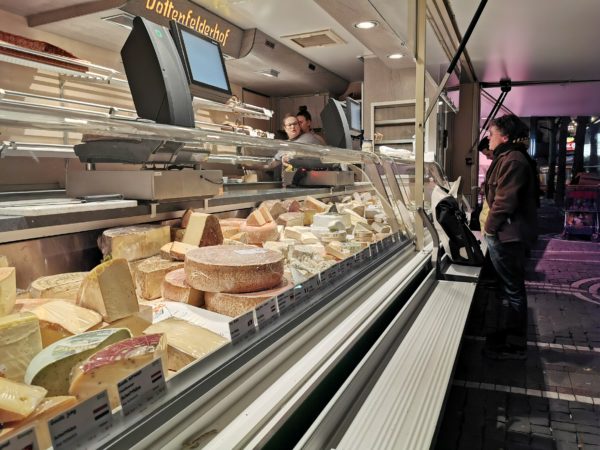
The front-facing camera has another significant upgrade too. It now offers a 32-meg, f2.0 camera that is now able to take in quite a lot of details with a more accurate colour representation.
Thankfully, this is without beautification effects as well, though options to smoothen and sharpen your face are still available if you wish to use them.
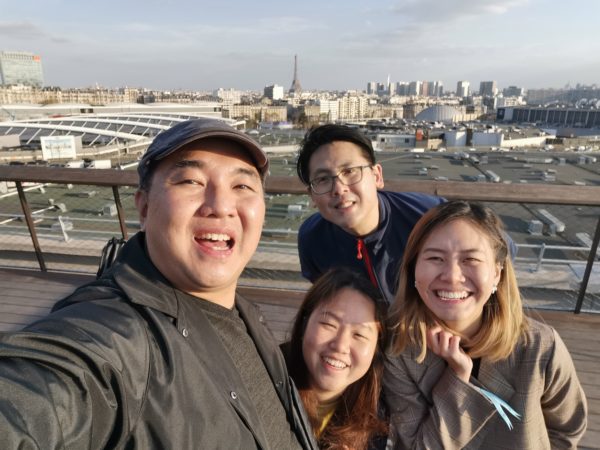
The P30 Pro has optical image stabilisation for both the main and zoom lenses and digital image stabilisation is used together stills and video capture.
For videos, the P30 Pro can only record at the maximum resolution of 4K at 30 frames per second (instead of a higher framerate), but it should be good enough for most casual videographers.
There are, of course, some hiccups, despite the impressive performance. In some cases, photos can exhibit very strong red and green hue/overcasts on certain images, especially when the phone is rendering an image for bokeh effects or HDR (high dynamic range). This is something that I hope Huawei will improve through future firmware updates.

Naturally, the focus is on the P30 Pro’s camera since that is where most of the main improvements are seen. The good thing is that the rest of the phone still makes it an impressive flagship phone, at least for the most part.
The Kirin 980 chip, which also powers the Mate 20 Pro, is beefy. Coupled with the upgraded 8GB of RAM, the camera is able to crunch data from the camera with no obvious lag.
The 256GB of storage with an option to expand via Huawei’s own Nano SD card ensures you have enough storage space for your apps, photos and videos.
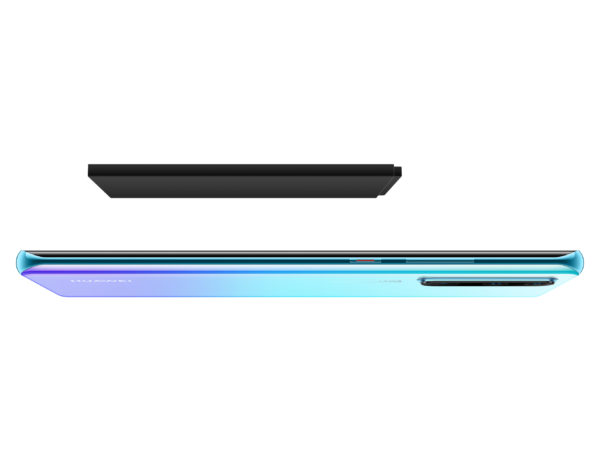
Huawei has upgraded the battery capacity to 4,200mAh battery (from last year’s 4,000mAh on the P20 Pro).
Despite my heavy usage during the trial period, the new phone managed to last a whole day pretty comfortably. This is definitely a boon for those who are on the road most of the day.
My main gripe is that the Full HD+ 6.47-inch screen is curved like the Samsung Galaxy flagship phones.
I prefer a flat screen that allows quick and positive feedback when poking around on the screen especially towards the long edge of the phone. This is especially crucial when using the phone to fly a drone.
Those who loathe a notch in the front will not be happy with the tear-drop distraction on the P30 Pro, either, despite it being smaller than the competition.
I prefer the use of a punch-hole screen over a notch but thankfully, like the other Huawei phones such as the P20 Pro and Mate 20 Pro, it can be “hidden” with a black bar across the top of the screen.
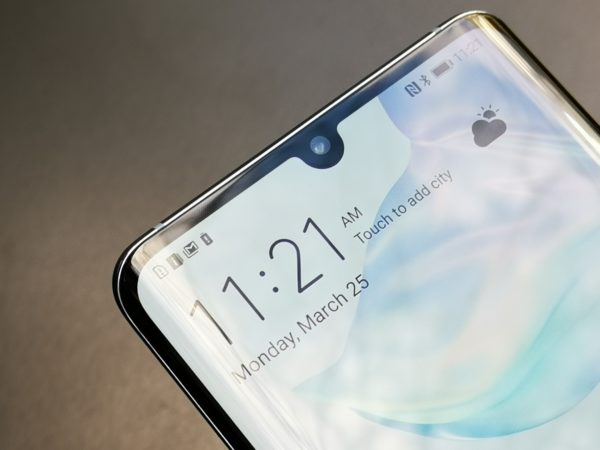
The P30 Pro has no speaker at the front so more screen space can be freed up. Instead, Huawei has place the speaker behind the screen, which vibrates the screen to project sound to your ears when you answer a call. Surprisingly, sound comes through very clearly during phone calls.
Unfortunately, the phone relies on its speaker at the bottom of the screen when you watch YouTube or listen to your favourite tunes. The speaker can be easily blocked by my finger.
Some would use a pair of Bluetooth headsets, sure, but having mono sound is a little disappointing in a flagship phone. The lack of a 3.5mm headphone jack does not help matters, either.
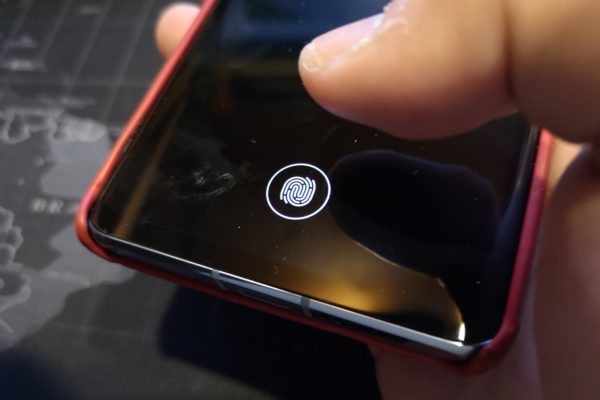
Similar to the Mate 20 Pro, the P30 Pro has an under-screen fingerprint scanner. Huawei has promised that the scanner is now faster, which I agree with.
The position of the scanner, however, leaves much to be desired. It is just too low for me to have a firm grip on the phone while trying to unlock it by stretching my thumb downward.
So, what does that leave us? The P30 Pro clearly exceeds expectations of what a smartphone camera can produce. Credit should still be given to Huawei and Leica for pushing the envelop here.
With the ultra wide-angle lens, super zoom, ToF camera for portraits and the new SuperSpectrum sensor for the main camera, the P30 Pro is a photographic tool that most will find useful with good image quality.
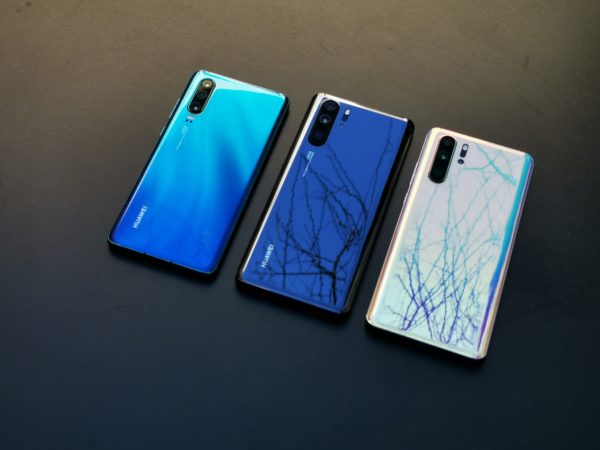
Seeing the P30 Pro as a photographic tool, I am impressed. I can overlook the shortcomings like the Full HD+ screen, lack of a 3D sensing front-camera and mono speaker.
For me, Huawei has put its money where it matters and created another leap in mobile camera. For S$1,398 for the P30 Pro, you get the cutting edge.
